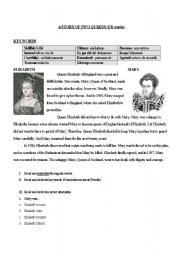

Subject + Have / Has Not + Past Participle This structure can simply be indicated as follows: Sentences in present prefect tense that show a negation of an action or convey anything in negation follow a general pattern or structure. Using Present Perfect Verb in Negative Sentences e.g., "I have just played football.", "She has just eaten her food". These sentences start with a mention to the subject, then there is a use of 'has' or 'have' depending on the subject's nature and past participle comes in the end of the sentence.

In statement that is simply stating a fact or declaring something that has happened in an indefinite time in the past or started at an earlier time and is still continued in the present - this verb tense is used in a simpler manner. Using Present Perfect Verb in Affirmative Sentences Statements using this verb tense use third form of verbs in them and there must not be use of any -s, -es, -ing, or any other element that is used in other present verb tenses. One is a past participle and the other element is either the helping verb have or has. Present perfect tense consists of two main elements. The use of this form of verb tense to explain an action means that the action has either began in the past, but is still being continued in the present or that the action happened at some indefinite time in the past. This is one of the forms of verb tenses that forms a relation between the past and present. Past perfect continuous is a bit confusing because it is event that occurred and completed much earlier than the current time. Past continuous tense is used when you have good information that an event will take place again. Past perfect is used to mention events that took place before a currently active event or action. The simple past is used for events that took place and completed before this time. The past tense of verbs has four layers to it: Simple, continuous, perfect, and perfect continuous. The form continuous tense is used for actions or events that are active, happen frequently, and will continue to do so. The form perfect tense is used when an event occurred in the past and is still actively taking place. If the event is regularly occurring it is sometimes referred to as indefinite form. The simple form is used to express something that is actively taking place or when it is something that consistently and regularly occurs. Each variety helps the reader understand the complete action of the verb. The present tense of a verb comes in three different flavors (if you would): Simple, perfect, and continuous.


 0 kommentar(er)
0 kommentar(er)
